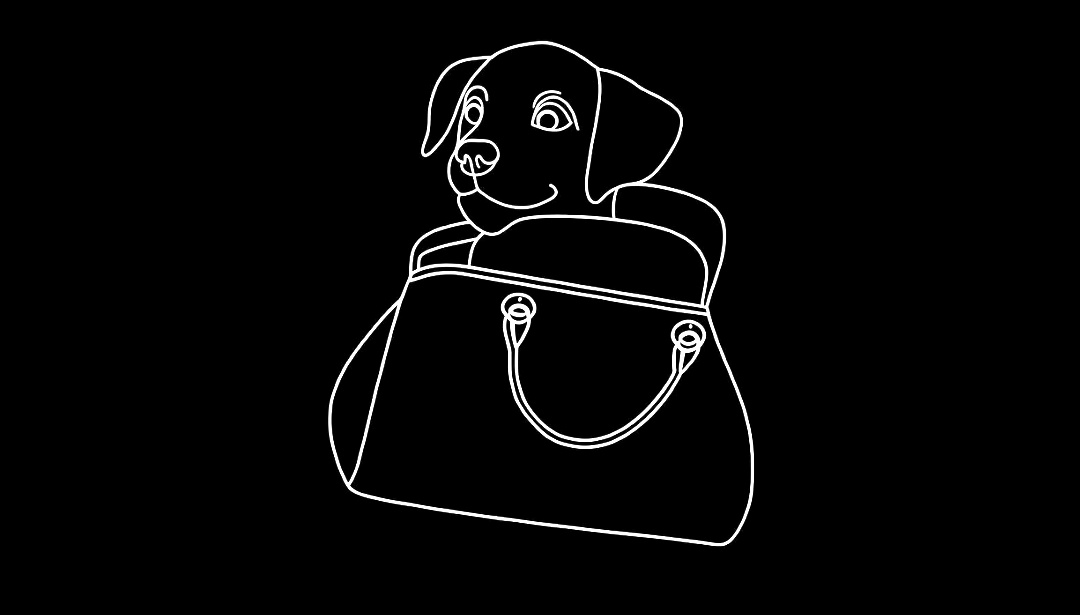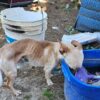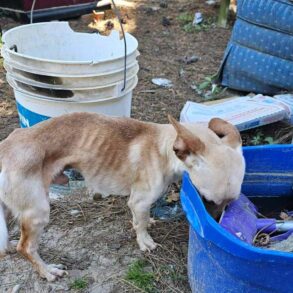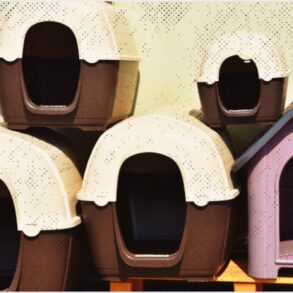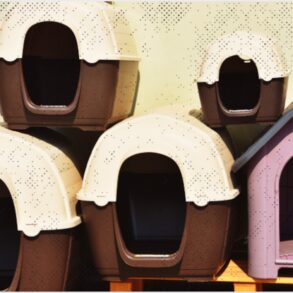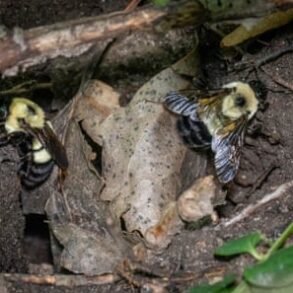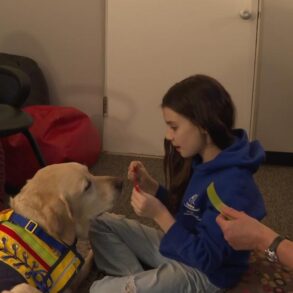
Doggy park lovers, beware: Researchers in Ireland say they’ve pinpointed the park hot spots where roundworms are most likely to infect our precious pups.
Scientists at Trinity College in Ireland led the research, published late last month in PLOS Neglected Tropical Diseases. They tested soil samples from parks across Dublin and found that entrances were the most heavily contaminated part of the park, teeming with dog roundworm (Toxocara canis) eggs. The findings could help prevent these irritating, sometimes dangerous, infections that can affect dogs, cats, and humans, the researchers say.
T. canis is one of the most common dog parasites around, with roughly 11% of the world’s canines thought to be carrying these infections. Dogs are its definitive host, meaning that they’re needed for the worms to successfully reach adulthood, mate, and lay the next generation of eggs that are pooped out into the environment.
The worms’ eggs will often be ingested by other dogs, quickly restarting the cycle. Sometimes, the eggs are eaten by secondary hosts, which can later be eaten by dogs—passing the infection along that way. And other times, non-compatible hosts like humans will swallow the eggs, stopping the cycle dead in its tracks. Humans can also become accidental hosts for the related cat roundworm (Toxocara felis).
Unfortunately, even these dead-end infections can still lead to trouble, since the eggs will give rise to larvae that embed themselves into our organs and other tissues, potentially causing serious health problems like blindness and seizures. T. canis infections are usually asymptomatic in dogs, though they can cause issues like diarrhea in adult dogs; they can also sometimes turn fatal in puppies if left untreated.
Given how troublesome these parasites are for dogs, cats, and humans, the researchers wanted to get a better sense of where they’re most likely to be found out in the open. Previous research has suggested that dog parks in general are regularly contaminated by dog and cat roundworms, so the researchers aimed to zero in on the locations most teeming with worm eggs within these areas.
They collected and analyzed soil samples from 12 dog parks throughout the city of Dublin. According to the findings, while different parks did have different densities of eggs, the soil samples from park entrances were consistently the most heavily littered by roundworm eggs (75% of parks in total had eggs). The researchers also looked more closely at a proportion of the recovered eggs, finding that most were T. canis eggs, though some were T. felis as well.
“In Ireland and around the world, the widespread contamination of public places with the eggs of Toxocara spp. represents a potential risk to public health,” the study researchers wrote.
The findings are limited to parks in Dublin. It’s very possible that the situation varies by region. That said, these worms are found just about everywhere, and studies in other countries (including the U.S.) have found that dogs visiting parks are often carrying a wide variety of parasites, including roundworms. The researchers also note that owners frequently report that their dogs will poop as soon as they get to the park, supporting the idea that entrances are likely to be the most contaminated areas.
Ideally, these findings should help researchers, park managers, and pet owners reduce the spread of these parasites. Interventions to discourage dog fouling (when poop is left behind) could be focused near park entrances, for instance. But any such efforts should be paired with better monitoring that can track whether they’re actually working, the researchers say. They said they created a standardized sampling method that other researchers can adopt for themselves, which should make it easier to compare worm egg populations at different parks and at different times.
“Interventions designed to reduce dog fouling and prevent egg excretion through regular deworming of pet dogs and cats are required,” they wrote. “However, these interventions need to be coupled with studies measuring the level of dog fouling and environmental contamination with Toxocara eggs, to ensure that they are having the desired effect.”
This post was originally published on this site be sure to check out more of their content.
